Photos courtesy of the Government of Yukon
Located a 15-minute drive from the fork of the Alaska and Klondike Highways, Whitehorse is a must-stop for those continuing north toward Tuktoyaktuk, Northwest Territories, or west to Alaska. While the city is a convenient place to stock up on fuel, groceries, or indulge in a hot shower, there is also an abundance of things to do, making the area an attractive destination to spend a few extra days (or more) if you have time.
Equal to the size of Spain and characterized by rippling rivers, vibrant pink fireweed, and evergreen forests, the Yukon Territory is home to more moose than humans. Whitehorse is the territory’s capital city; although remote, it offers a thriving art scene and a plethora of outdoor activities. The winters are long and dark, but summer brings the midnight sun. Forget about sleep; the dazzling wilderness (with bear spray in hand, of course) is eagerly waiting to be explored.

Where to Stay in Whitehorse
Prepared for the summertime tourist rush between April and October, Whitehorse has several campsites within an hour of town.
- Wolf Creek Campground, located 15 minutes south of Whitehorse (at highway kilometer 1,408), is just off the Alaska Highway.
- If winter camping is what you seek, the Caribou RV Park is open year-round at a hefty $50 per night, including a powered site, WiFi for two devices, access to bathrooms, a dishwashing station, and laundry.
- Other options include the Lake Laberge and Fox Lake campgrounds located a 40- to 60 -minute drive north, respectively.
For more Yukon campsite beta, check out yukon.ca’s camping map.
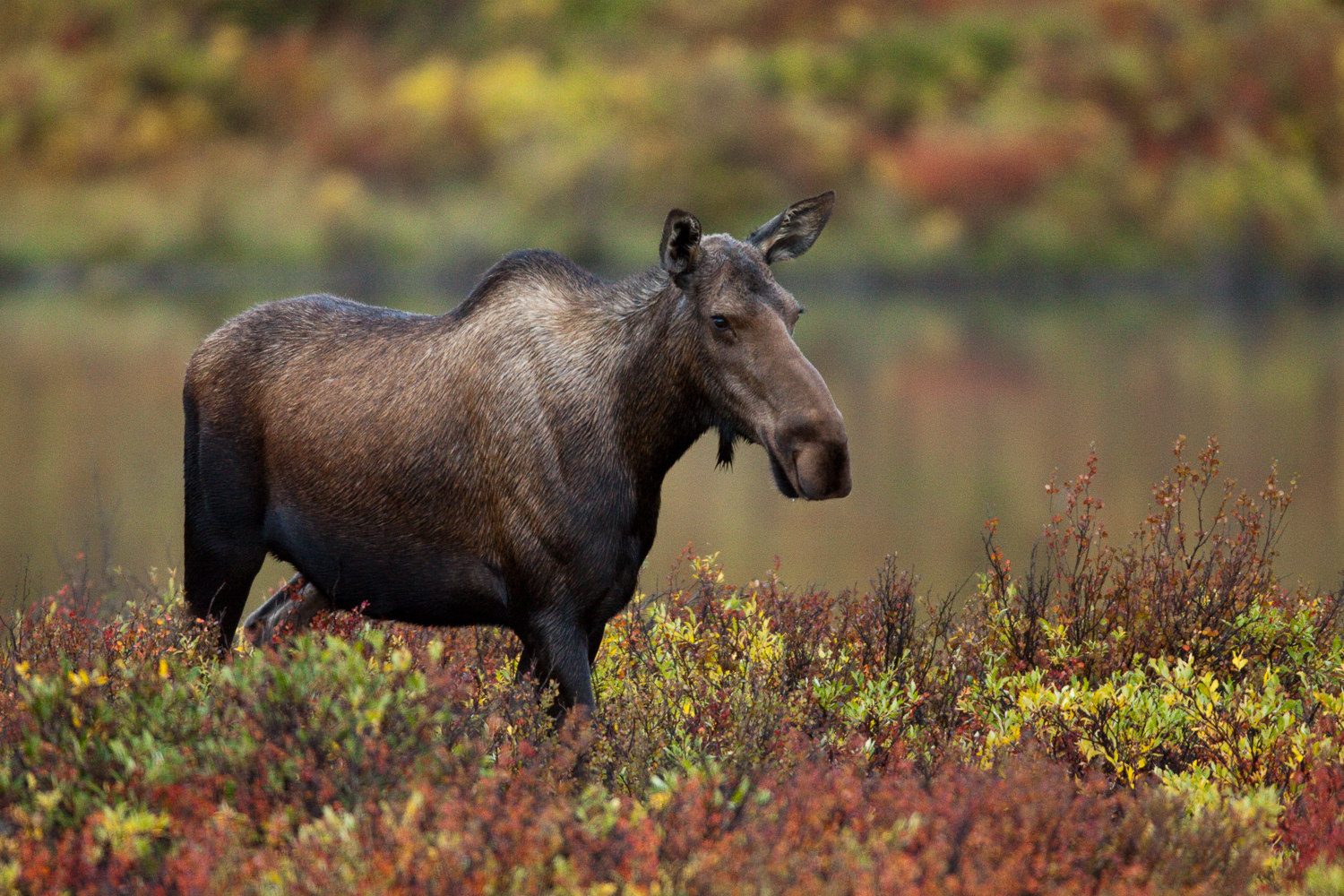
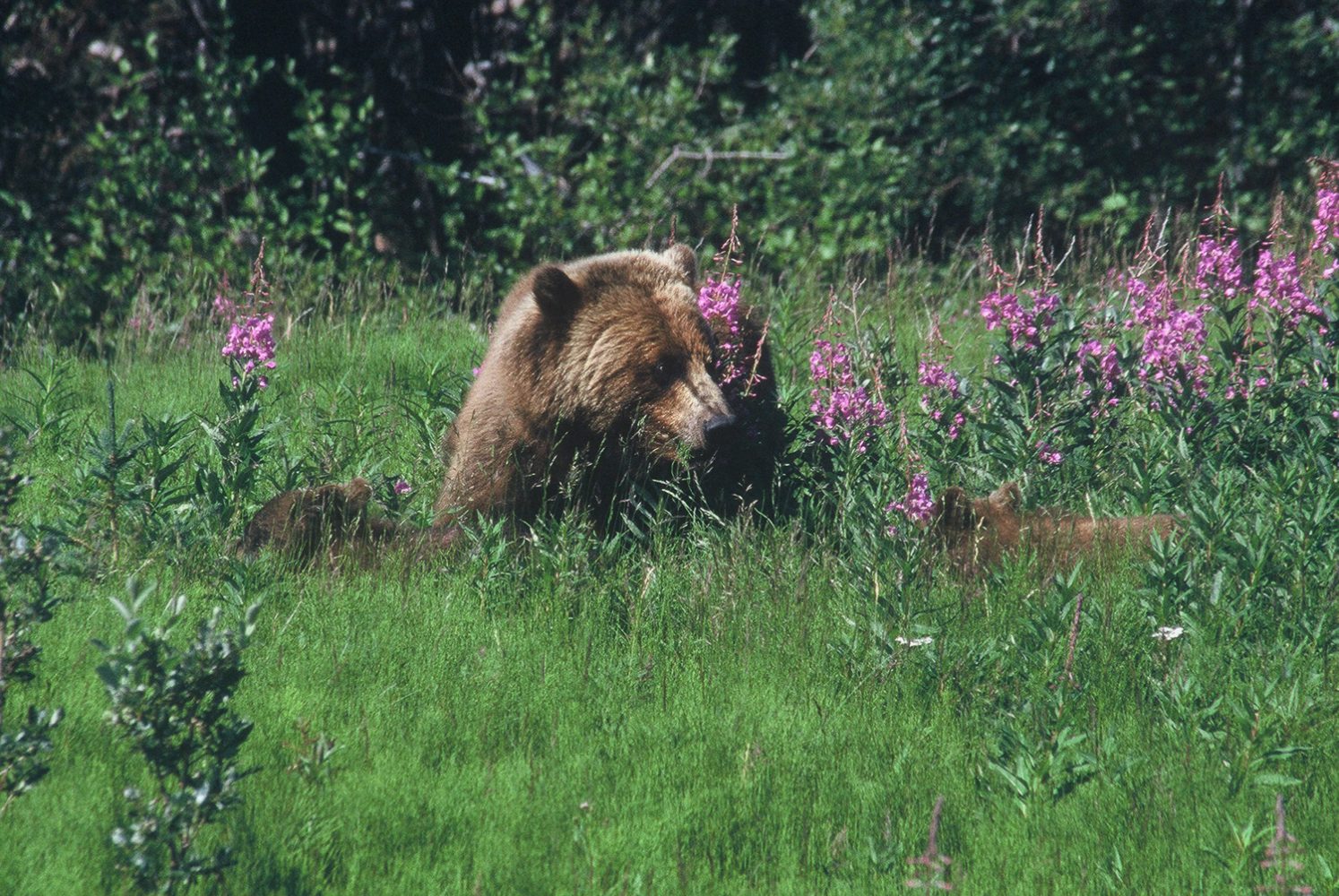
What to Do in Whitehorse
Situated in a river valley with views of Grey Mountain and Golden Horn, Whitehorse is a prime destination for mountain bikers, hikers, backpackers, and trail runners alike with its 700-kilometer trail system. Bikers may head to Grey Mountain, the Yukon River Trail, and Mount McIntyre, while hikers will enjoy Grey Mountain, Mount Lorne, or Mount White. Visitors will also enjoy hiking and walking along Miles Canyon, where the Yukon Conservation Society leads interpretive hikes in the summer. If canoeing or kayaking floats your boat, the Yukon River runs right through town (at 3,190 kilometers long, there are many possibilities here); Chadburn Lake is another favorite though there are many others.
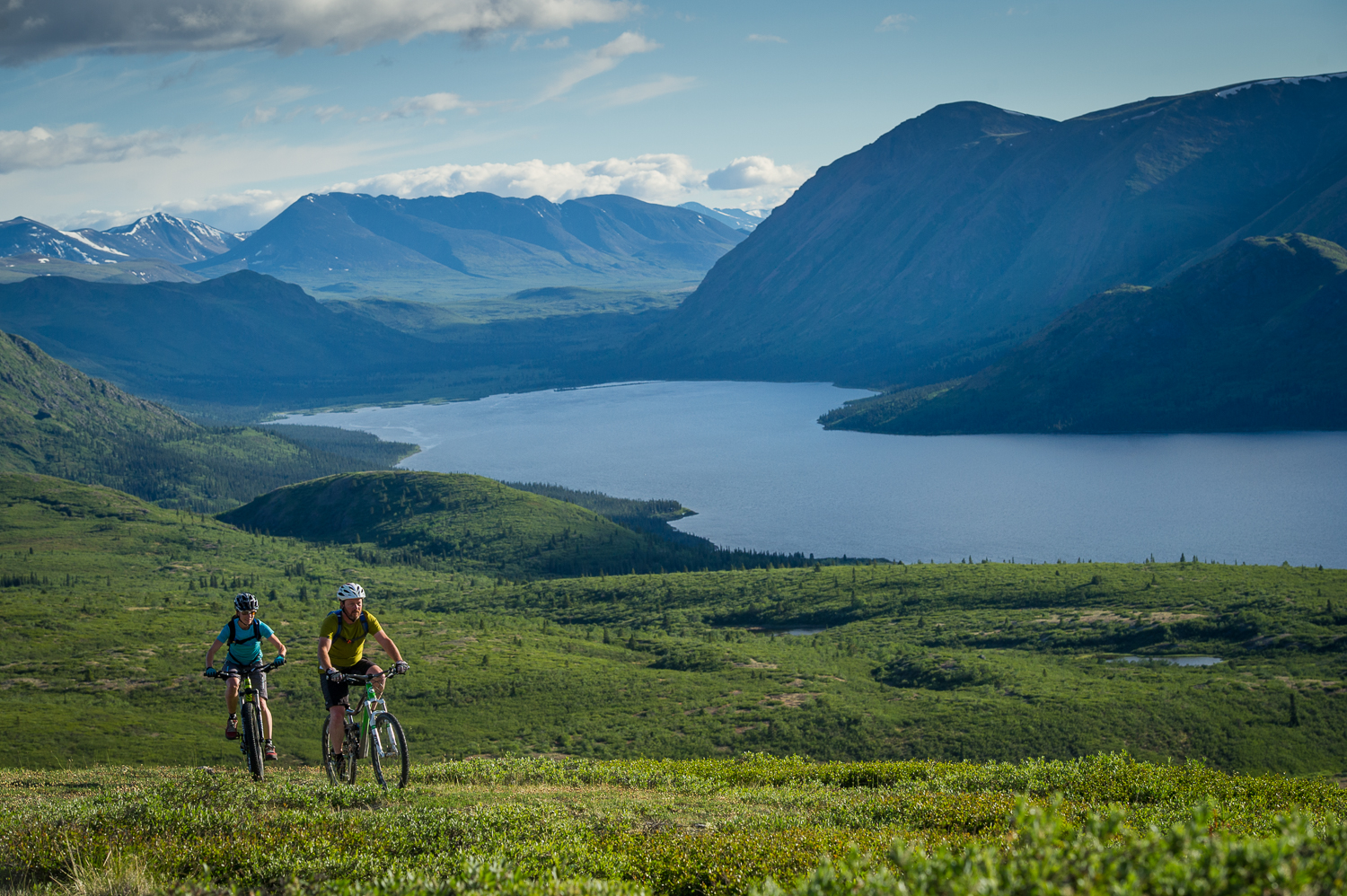
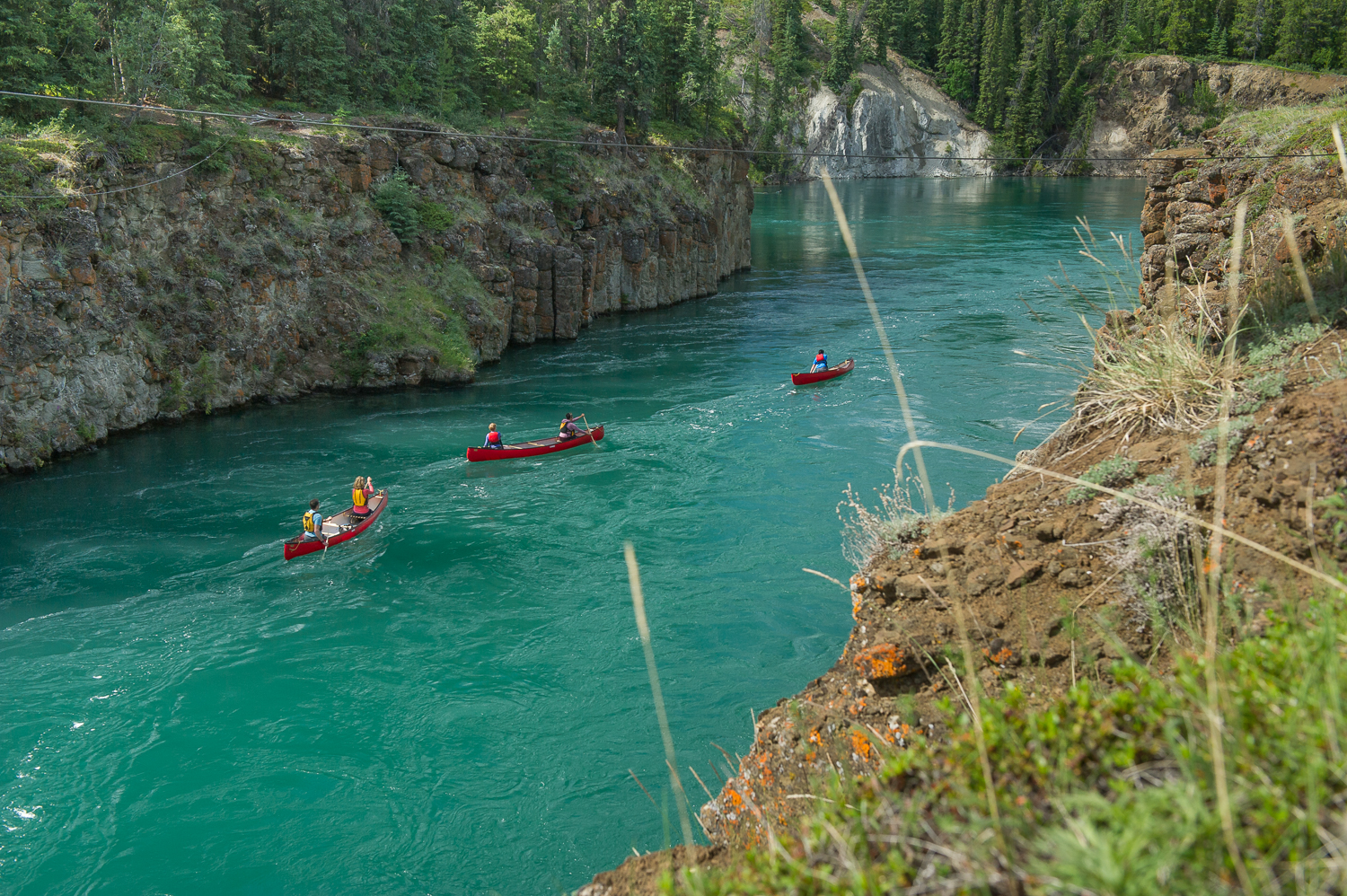
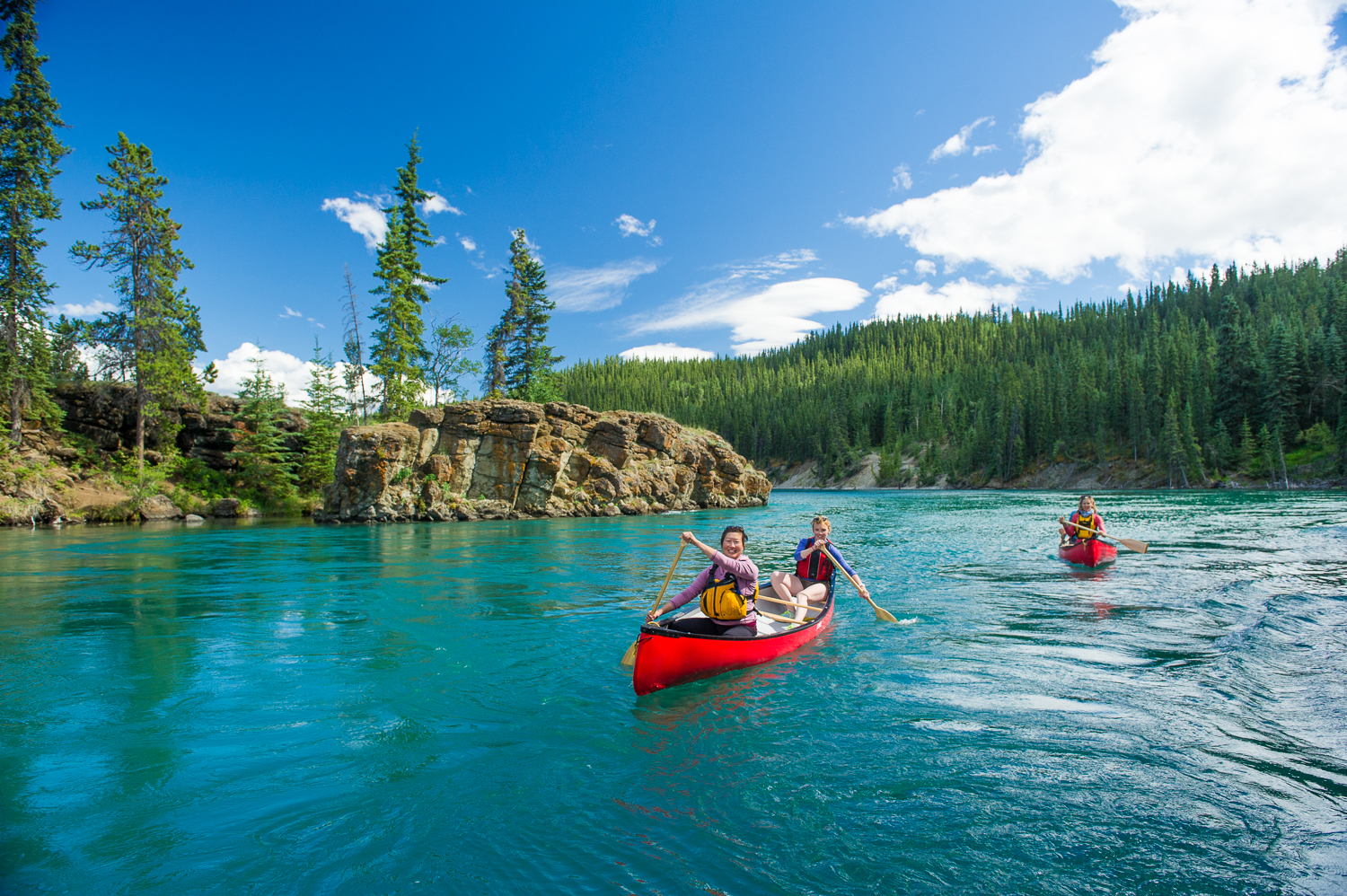
Winter brings the possibility of dog sledding, viewing the aurora borealis, or snowmobiling on the frozen crust of Lake Laberge, which gained its notoriety from a Robert W. Service poem, “The Cremation of Sam McGee.” If it’s in the budget, book a 90-minute flight over Kluane National Park. I’ve heard it’s well worth it.
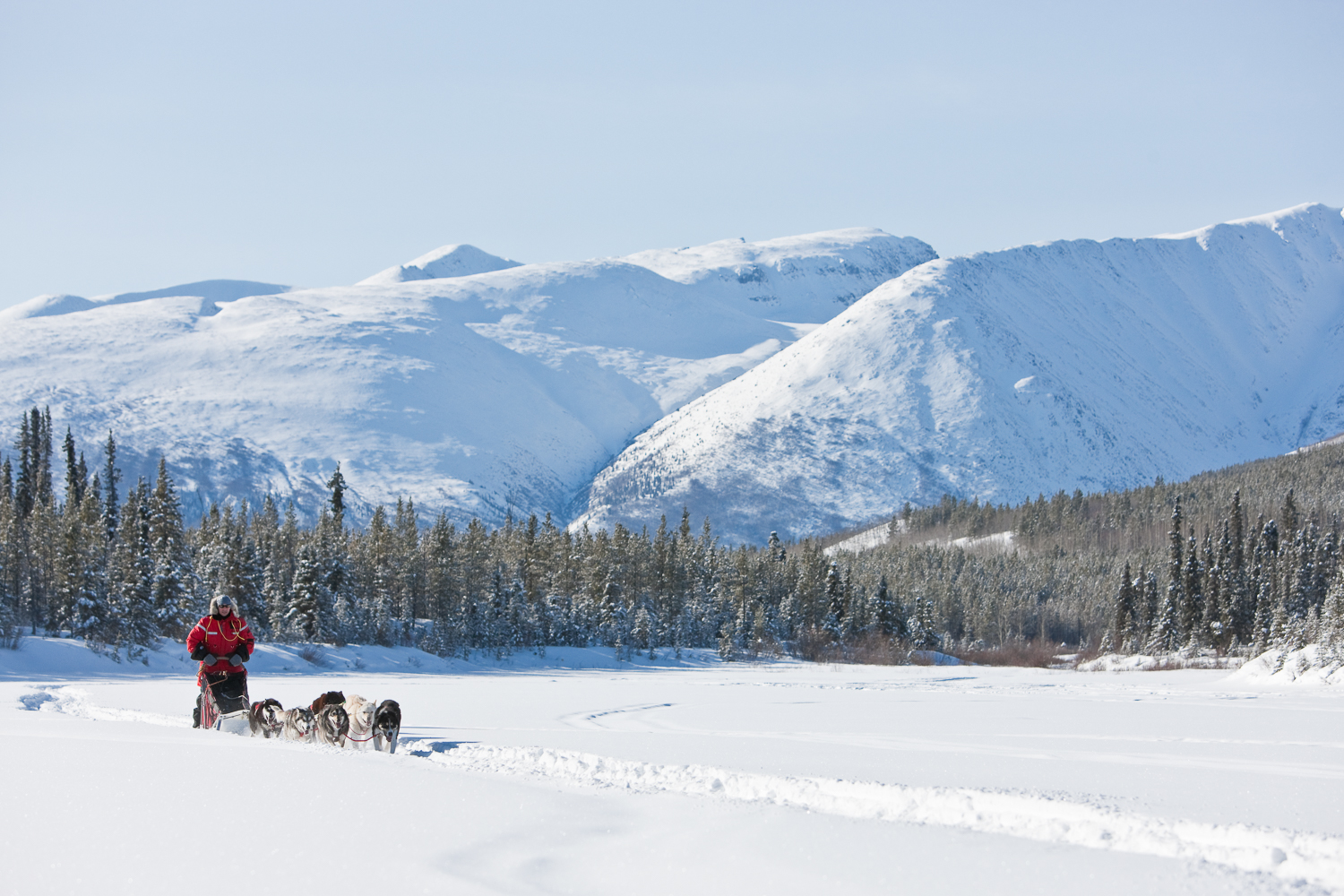
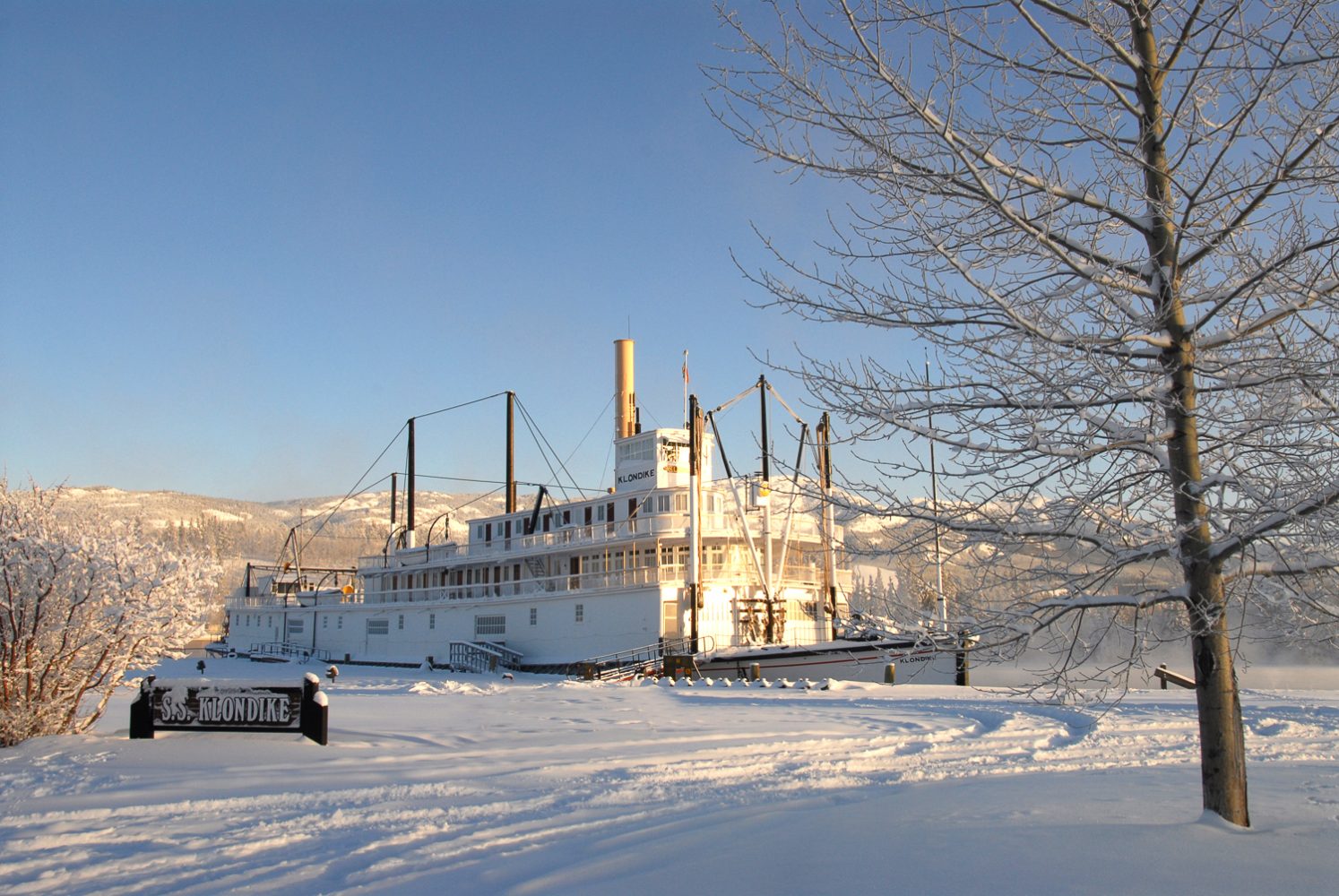
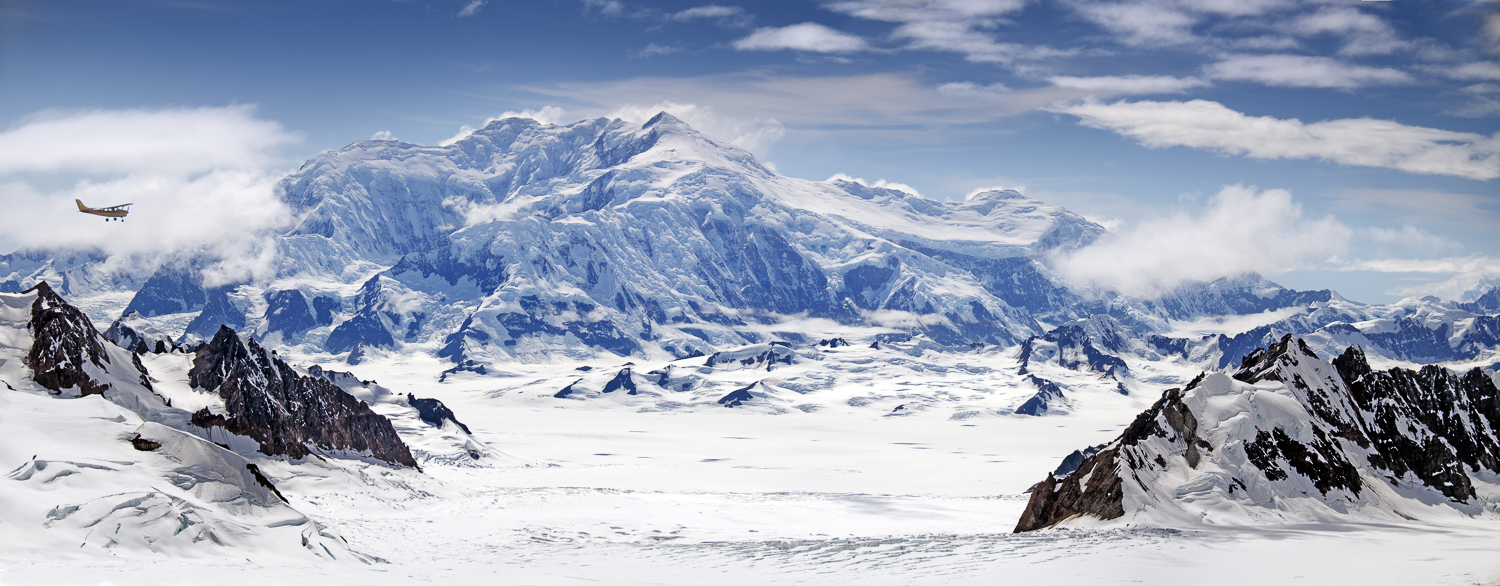
In Town
The 5-kilometer paved waterfront Millennium Trail winds along the Yukon River, guiding walkers by the restored S.S. Klondike riverboat. Those looking to escape the cold, take a hot shower, or get pumped at the gym should visit the Canada Games Centre, which is equipped with an aquatic complex, arena, indoor field with artificial turf, running track, cardio, and weight rooms. If you’re looking to learn more about the area and its history, check out the Kwanlin Dün Cultural Centre, Yukon Beringia Interpretive Centre, and the Yukon Wildlife Preserve.
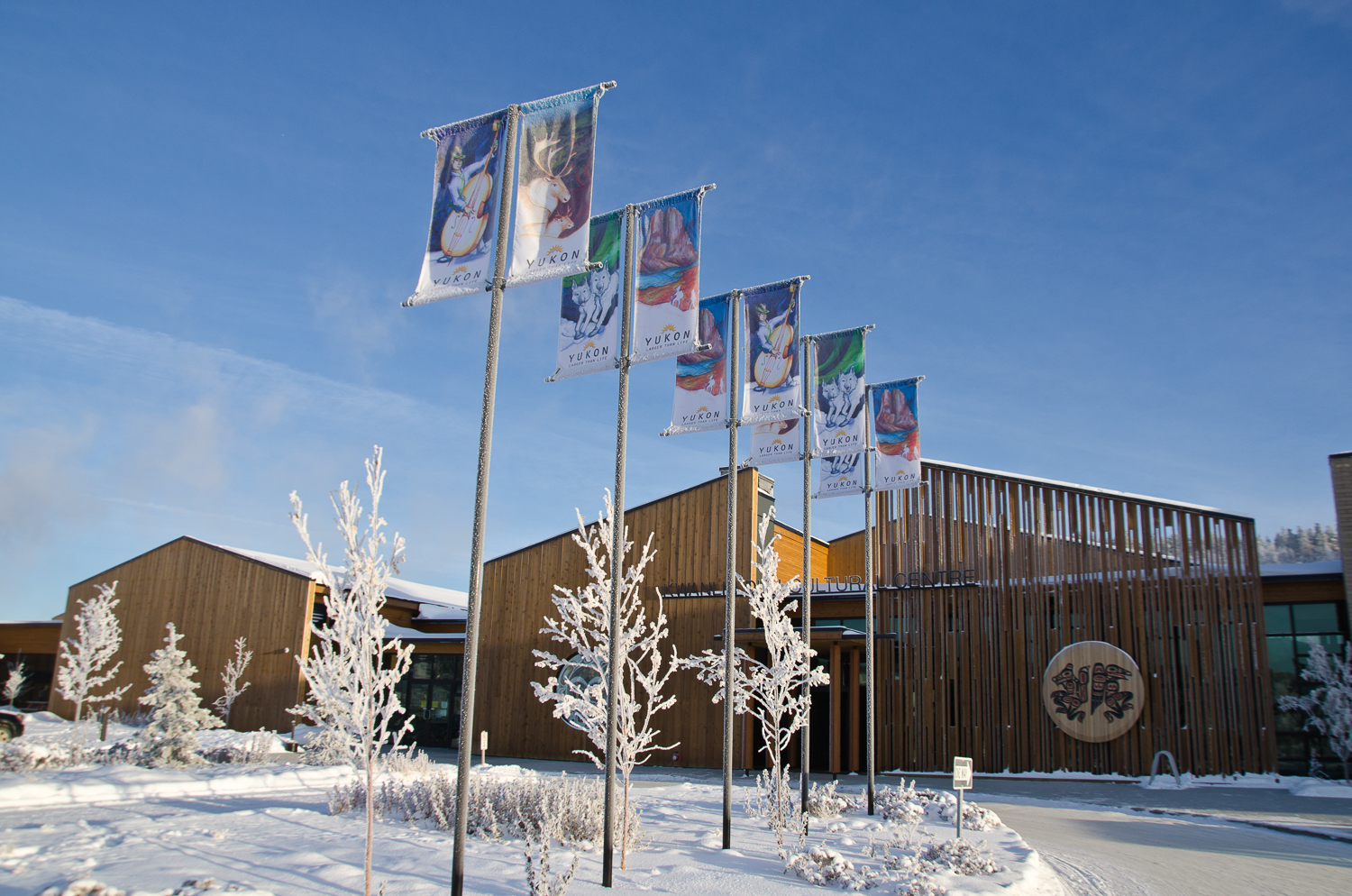
Finally, after all this hiking, biking, and sightseeing, you’ll deserve a well-earned reward. Brewery enthusiasts should stop by Polarity, Yukon Brewing, and the Woodcutter’s Blanket for their hops and suds fix. The Baked Café and Bakery is a significant step up from the ubiquitous Tim Hortons fare, and the Burnt Toast Café is a solid option for a tasty meal.
For more information about Whitehorse, visit the Whitehorse Visitor Information Centre.
Our No Compromise Clause: We carefully screen all contributors to ensure they are independent and impartial. We never have and never will accept advertorial, and we do not allow advertising to influence our product or destination reviews.


